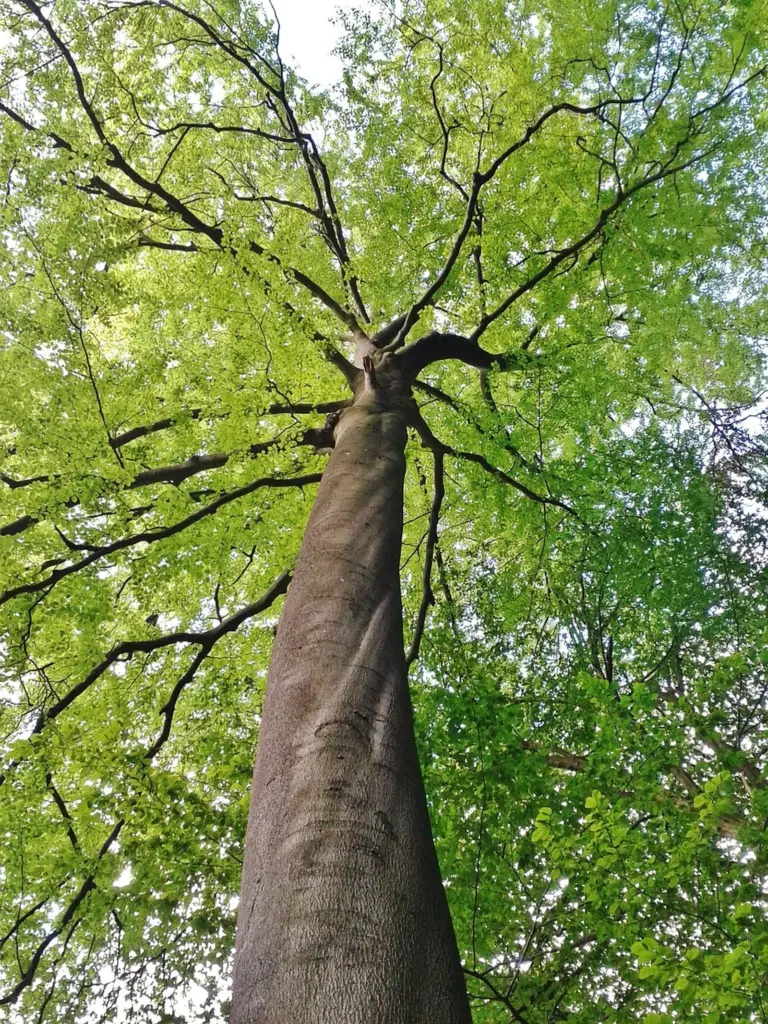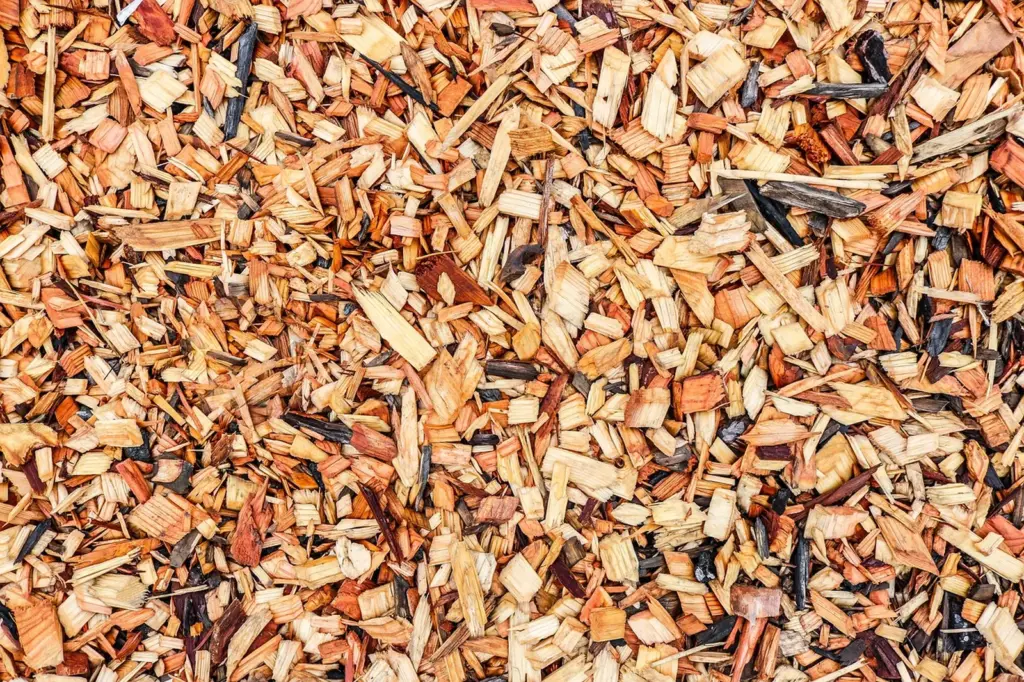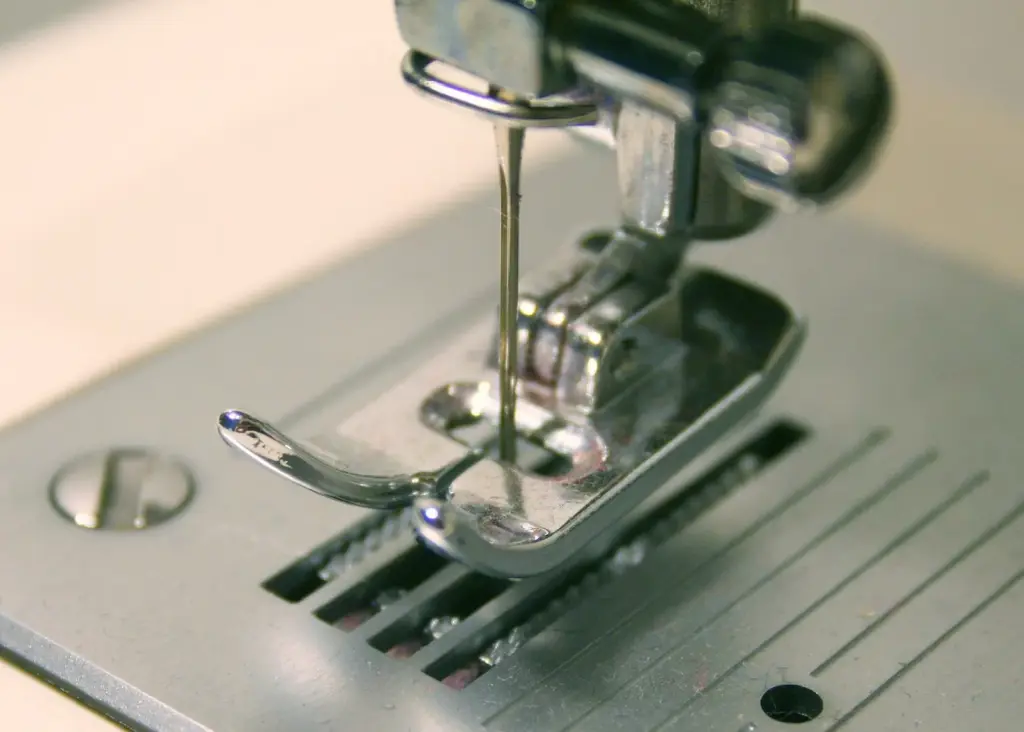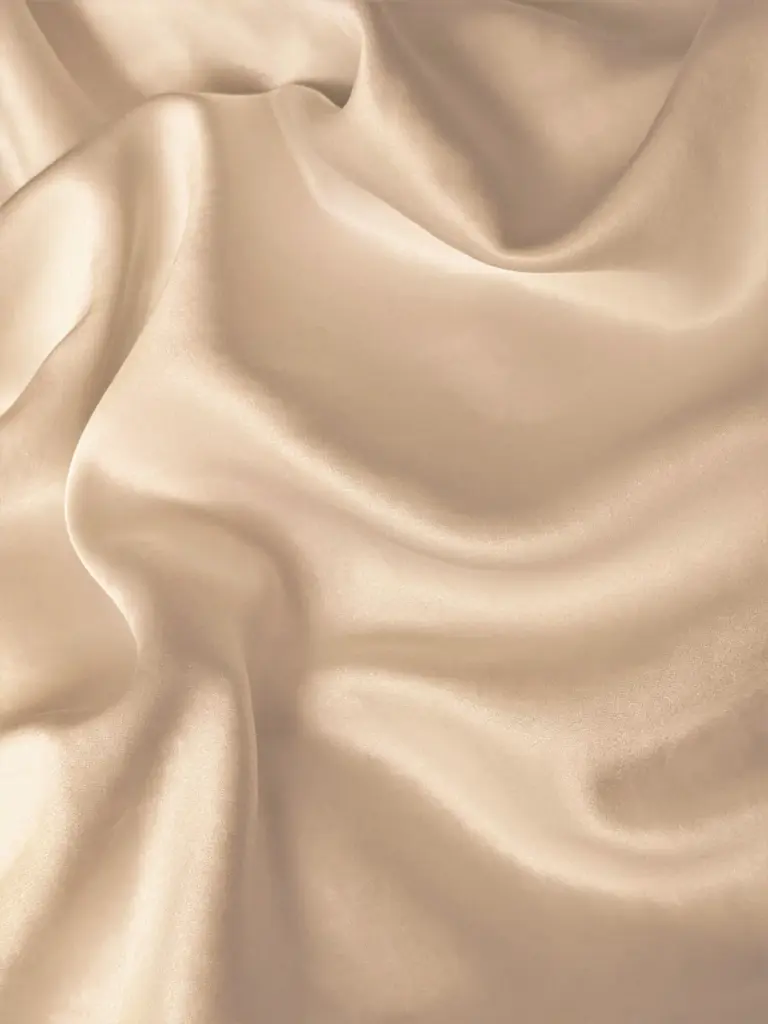In the ever-evolving world of textiles, modal fabric has emerged as a popular choice for those seeking comfort, performance, and an eco-conscious alternative to conventional fibers. Derived from beech trees and known for their silky softness and breathability, modal is often compared to cotton but offers its own unique set of characteristics that make it a standout in fashion and home textiles.
Despite its growing presence in everything from underwear to activewear, many consumers remain unclear about what modal actually is, how it’s produced, and whether it truly lives up to its reputation as a sustainable fabric.
Whether you’re a conscious shopper, a textile enthusiast, or just curious about what makes your favorite t-shirt so soft, this guide will help you better understand modal fabric and make more informed choices.
Main Takeaways
- Modal is a semi-synthetic fabric made from beech tree pulp, known for its softness, breathability, and durability.
- Production involves the chemical processing of cellulose, but modern techniques aim to reduce environmental harm.
- Modal is more eco-friendly than many synthetics, but its sustainability depends heavily on responsible sourcing and manufacturing practices.
- It’s used in a wide range of products, from underwear and athletic wear to towels and upholstery, thanks to its softness, absorbency, and stretch.
- Modal is biodegradable and colorfast, but it doesn’t retain heat well and can be more expensive than cotton or polyester.
- Not all modal is created equal—look for certifications like FSC or PEFC and brands that use Lenzing’s TENCEL™ Modal for a more sustainable choice.

How is Modal Fabric Made
- Harvesting Beech Trees: The process starts by harvesting beech trees, ideally from sustainably managed and certified forests.
- Wood Chipping: These harvested trees are then processed into small wood chips. In these chips, cellulose and other substances like hemicellulose, lignin, and fat are present.
- Cellulose Extraction: The chips are soaked in a chemical solution to extract pure cellulose, typically involving sodium hydroxide (caustic soda).
- Sodium hydroxide removed: The cellulose obtained is pressed to remove excess sodium hydroxide, forming sheets.
- Shredding or Crumbling: Pressed sheets are crumbed or shredded mechanically.
- Production of Sodium Cellulose Xanthate: The broken cellulose sheets are aged, and carbon disulfide gas is applied, producing a yellow substance known as sodium cellulose xanthate.
- Second Sodium Hydroxide Bath: The sodium cellulose xanthate is again soaked in sodium hydroxide.
- Spinning of Fibers: The resulting solution is passed through a spinneret, a device with tiny holes, to form long filaments or fibers. This is when the material transitions from a fully synthetic to a semi-synthetic fabric.
- Formation of Yarn: These fibers are then soaked in sulfuric acid to create a form of yarn and subsequently washed, bleached, and dried.
- Weaving or Knitting: Finally, the sustainable yarn is woven or knitted to produce the modal fabric, which can then be used to create various products, such as clothing, home textiles, etc.
This is a complex process involving several chemical reactions. However, modal fabric production requires less chemical input compared to other viscose fibers and is therefore considered a more sustainable option.

What Apparel Can Be Made with Modal Fabric?
Soft as silk, durable, breathable, and highly absorbent, this semi-synthetic fiber has been used for many product lines. Here’s a list of products that have been created using the benefit of the unique qualities of Modal Fabric.
- Fashion and apparel, including t-shirts and athletic wear.
- Underwear and intimate wear due to its soft, smooth texture.
- Bathrobes and towels are owing to their high absorbency.
- Because of its natural stretch and durability, activewear such as leggings and yoga pants.
- Scarves, shawls, and hats due to their luxurious feel.
- Baby clothes and blankets for their gentle touch and breathability.
- Upholstery for its pleasing aesthetic and durability.
- Knitwear like sweaters and cardigans for its ability to retain color and resist shrinkage.
- Products requiring high durability and frequent washing due to the Modal’s robustness.

What Are the Characteristics of Modal Fabric?
What fabric is modal compared to other types of rayon? Modal is generally considered the more durable and flexible type. It can withstand machine washing and tumble drying better than traditional rayon.
- Stretchable: Its flexibility makes Modal perfect for items like t-shirts and sportswear.
- Soft: It’s incredibly soft and is often chosen for items like bed sheets, pajamas, and undergarments.
- Breathable: The breathable weave of Modal fabric makes it ideal for sports clothing and daily wear.
- Water absorbent: It’s 50% more absorbent than cotton, with its micropores absorbing any water or sweat they encounter.
- Durable: Modal is robust and used for regularly used garments and household items due to the tight weave and long fibers.
- Good drape: Like rayon and other silk substitutes, modal exhibits excellent draping, making it perfect for clothing and decorative uses.
- Anti-pilling: The fabric resists pilling, which, coupled with its smooth finish, makes it ideal for regular wear.
- Colorfast: The fabric absorbs dye in warm water and retains color during laundering.
- Non-shrinking: Modal is less likely to shrink during washing than most rayon types.
- Biodegradable: Modal is entirely biodegradable.
- Crease-resistant: Modal is wrinkle-resistant, remaining smooth with minimal ironing.

Is Modal Better than Cotton?
Whether Modal is better than cotton largely depends on individual preferences and needs. Both Modal and cotton have their unique advantages and drawbacks. Modal, made from beech trees, is known for its softness, excellent drapability, and durability. It also holds color well, doesn’t shrink or pill, and is more absorbent than cotton. It’s a good choice for luxury clothing or items that require moisture-wicking, like activewear.
On the other hand, cotton, made from the cotton plant, is renowned for its comfort, breathability, and natural biodegradability. However, cotton may not be as durable as modal, can pill and fade over time, and is not as absorbent.
In terms of cost, Modal is typically more expensive than cotton, making cotton a more affordable choice. However, cotton farming has significant environmental impacts due to high water usage and pesticide application. Therefore, the choice between modal and cotton should consider factors such as comfort, durability, absorbency, cost, and environmental impact.

Is Modal Better than Polyester?
Modal is biodegradable, exceptionally soft, and highly absorbent. It has a superior moisture-wicking capability and is more breathable than polyester, making it a comfortable choice in warmer climates.
In terms of stretch, Modal also offers natural elasticity, ensuring comfort and flexibility. However, polyester, a wholly synthetic fabric, takes the lead regarding durability and availability. It is more wear and tear-resistant, making it a longer-lasting material. Furthermore, polyester is less expensive than modal, making it a more economical choice for many. While polyester lacks breathability and moisture absorption, it can be blended with other fabrics to improve these attributes. Therefore, whether Modal is “better” than polyester hinges on one’s needs, preferences, and budget.
What Are the Disadvantages of Modal Fabric?
While modal fabric offers many benefits, there are several drawbacks to consider. One of the most significant downsides of modal fabric is its potential to cause allergic reactions. The allergic reaction is more related to the chemical used in the production process than the fabric per se.
Another disadvantage is Modal’s poor body heat retention. Unlike polyester, which is excellent at preserving body warmth, Modal doesn’t provide the same level of insulation, making it less ideal for cold-weather clothing.
Financially, modal fabric tends to be more costly than other commonly used materials like cotton or polyester. This is primarily due to its production process, which, while eco-friendlier than synthetic materials, is still quite complex and resource-intensive, thus driving up costs. While Modal is notably durable, it may not be as strong or long-lasting as other fabrics, such as polyester.
Is Modal Fabric Sustainable?
The question of whether Modal fabric is sustainable requires a complex response. Sustainability hinges on multiple factors, including the source of the material, the manufacturing process, and the policies of the companies involved. Standard models produced in regions like China, Indonesia, and Pakistan often need more sustainability standards due to harmful chemical usage, detrimental effects on workers’ health, and pollution of local environments.
A report called “Dirty Fashion” and studies from the Canadian NGO Canopy have shed light on these issues, highlighting the alarming fact that endangered forests are being exploited to produce dissolving pulp for fabrics like modal. The research revealed that cellulosic fabric production causes the wastage of approximately 70% of each tree used, exacerbating the environmental impact.
However, it’s important to note that modal does decompose entirely, unlike some petrochemical-based fabrics, making it somewhat more eco-friendly. Yet, the chemical-intensive production process and the usage of harsh dyes should be considered.
The Lenzing Group produces a more sustainable variant of the modal. They follow a biorefinery concept that ensures nearly 100% use of the wood and operates on a closed-loop production process to recover chemicals. Even though Lenzing only produces about half of its cellulose fibers and outsources the rest, it claims to maintain strict procurement guidelines for sustainable sourcing.
Despite these advances, the issue of sustainability extends beyond just the production of the yarn. When this yarn is converted into fabrics, often in countries with lenient environmental regulations, the process can contribute to further pollution. Therefore, while brands that source their Modal from Lenzing—referred to as TENCEL™ Modal—are usually more sustainable, it’s crucial to remember that the entire lifecycle of the fabric matters.
The sustainable status of modal is thus conditional and largely dependent on who produces it, how it’s made, and the transparency of brands using it. Certifications from bodies like The Forest Stewardship Council (FSC) and Programme For The Endorsement of Forest Certification (PEFC) can provide reassurances about the sourcing and production methods, helping consumers make more informed, eco-friendly choices.
Conclusion
Modal fabric offers a compelling blend of softness, durability, and versatility that makes it a favorite in both fashion and home textiles. While it provides advantages over traditional fibers like cotton and polyester in terms of comfort and absorbency, the question of sustainability is more nuanced.
Modal’s environmental impact varies greatly depending on how and where it is produced, with responsible sourcing and advanced manufacturing processes playing a critical role in reducing its footprint.
As consumers become more aware of the origins and lifecycle of the fabrics they choose, transparency from brands and certifications from trusted organizations become essential tools for making informed decisions. Modal, especially when sourced from sustainable producers, can be part of a more eco-friendly wardrobe, but it’s important to consider the entire production chain.
Ultimately, choosing modal fabric means balancing factors like feel, performance, cost, and environmental impact.



